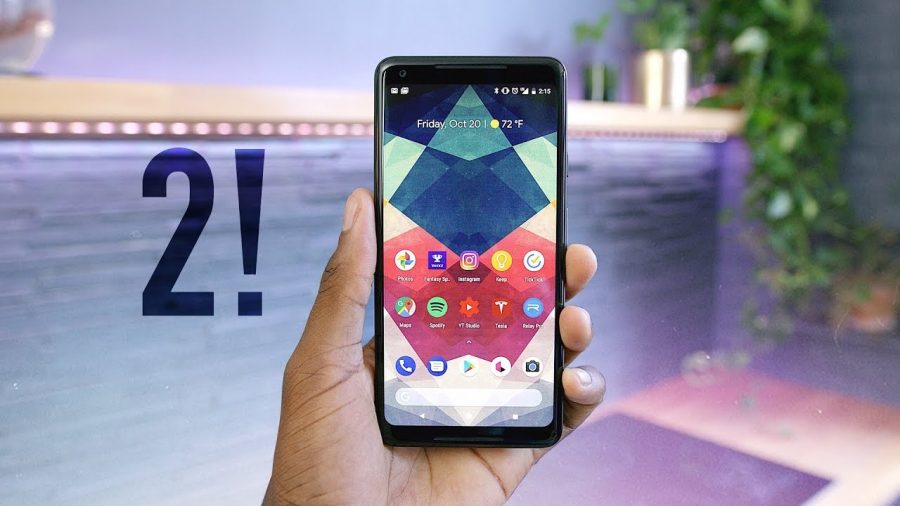Google representatives stood up and provided a much-needed explanation to the whole Pixel 2 XL screen burn-in ordeal this Thursday. Essentially, they said there is nothing inherently wrong with the displays of the flagship, but they will issue updates to adjust to user preferences and offer warranties to give them “peace of mind.”
The response was swift by Google, who saw itself engulfed in controversy over the quality of the pOLED screens in the larger of the two devices in its next-generation lineup. Reports of screen burn-in started coming in just weeks after reviewers played around with test units.
For Google, admitting a hardware flaw so basic this early on the game would have been a serious hit, since it is currently carrying out a plan to become a major player as a software maker that now also makes their own devices.
Screen burn-in? Differential aging and Google is on it
The tech giant started out by saying the so-called screen burn-in phenomenon was not such, and that it was, in fact, something known in the industry as differential aging.
The term “aging” implies a long time passes for it to happen, which is why Google stands by its word that there is nothing wrong with the screens of the Pixel 2 XL that have shown signs of wear over this short period of time.
Google also appeased user outrage by saying they are working on a software update that will mitigate the effect that some on-screen elements could have toward the formation of such shadows.
Engineers say that the user interface on Pixel 2 XL phones has been designed to avoid this from happening, with measures in place like the clock icon moving in an undetectable zig-zag pattern to avoid having those pixels perpetually turned on. They also said further similar actions are coming to avoid burn-in in other parts of the screen.
Software updates will fix sound and image issues on the Pixel 2 XL
Along with the serious reports of shades and shadows appearing on the display, users noticed a faint blue hue covering the entirety of the OLED panel when looked from a certain angle, and mediocre sound quality on the recordings made and played on the Pixel 2 XL.
Google addressed these concerns by saying updates were also coming to fix the issues and give users the liberty to choose. In regards to the coloration of the screen, the company attributed it to a wider color gamut inherent to OLED displays and tuning set to resemble colors as true as possible.
The tech giant will be rolling out an update to let users set their color mode to saturated, as smartphone users are more accustomed to vibrant and popping colors on their screens rather than muted, “true” colors as Google intended.
Source: Google


